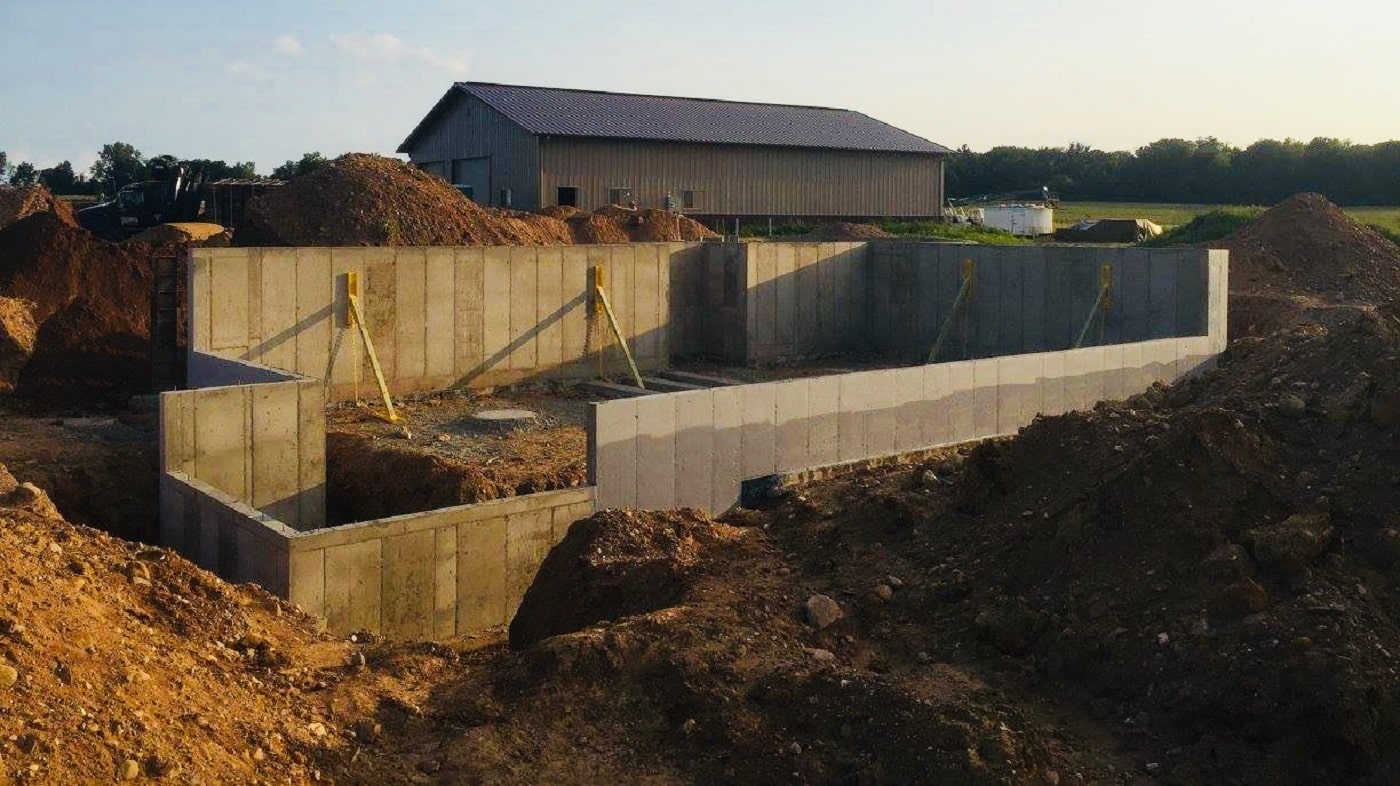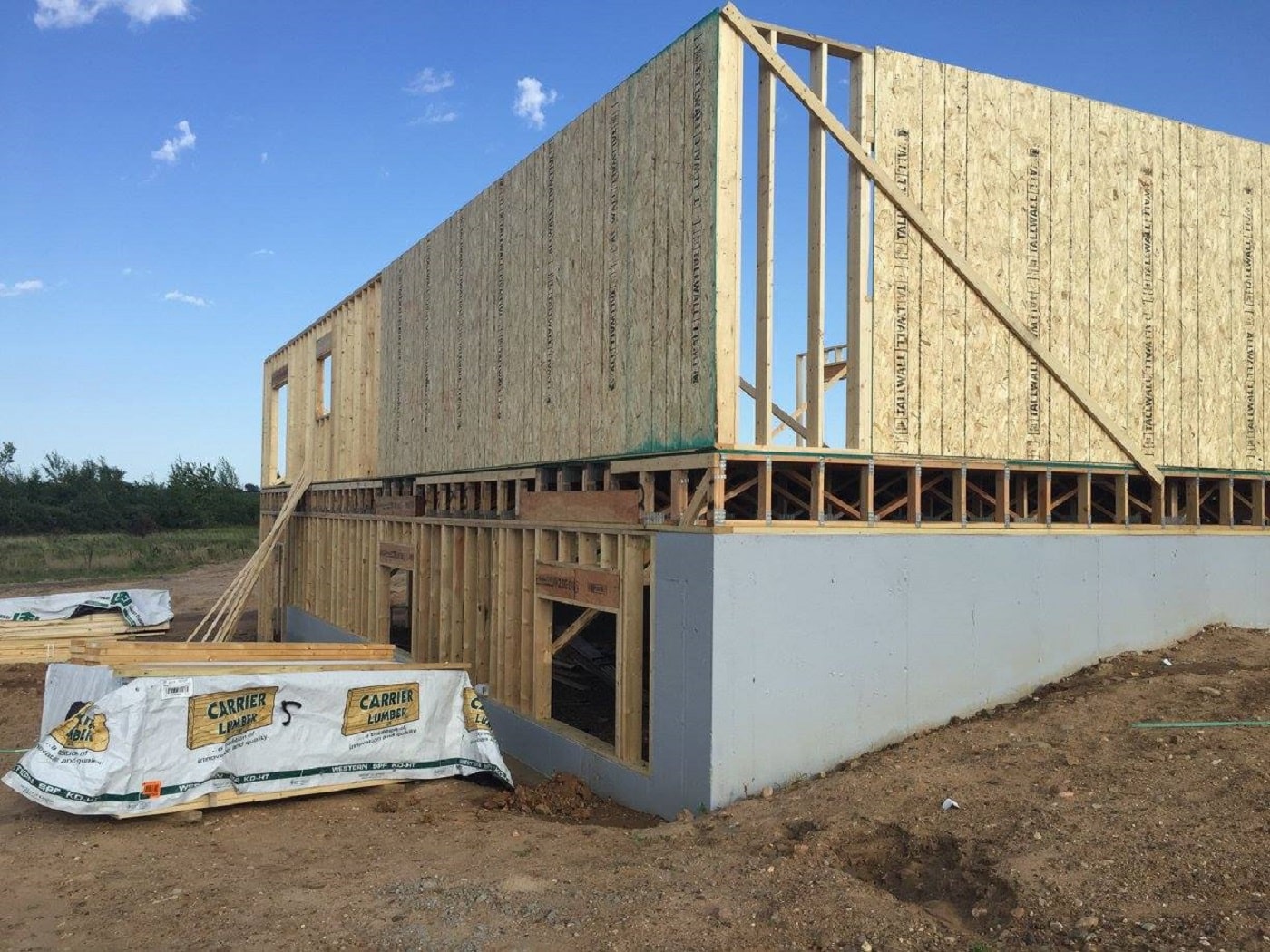Fast Facts About House Foundations & Sump Pumps
Our team answers homeowner questions every weekend on WCCO 830 AM from 9:00 am-10:00 am. Have your most pressing home improvement questions answered by calling or texting 651-961-9226. Here’s the must-know information our Jesse Trebil, owner & operator of Safe Basements of MN shared on 3.12.22.
A Cautionary Tale About House Foundations
A caved or bowed wall can spell real trouble for a homeowner. When new construction is being built, a hole is dug for the house foundation and then the soil is filled back in around the structure. Over time, the dirt starts to settle, which can create a moat around a home. Rather than water coming off a roof or rain or snowmelt running away from the home, it soaks into the soil adjacent to the wall. When it soaks into the dirt, the dirt swells up and creates pressure which causes breaks in a wall. Gutters and downspouts work well to filter water away from a home’s wall and foundation and wall. Landscaping also needs to have a positive pitch to have water flow away from a home.
Watch a LeafGuard® Brand Gutter Installation:
Concrete Block Foundation Vs. Poured Wall Foundation:
House foundation can come in concrete blocks and poured cement. Concrete block foundation can work well if home maintenance is top of mind. This includes being watchful of sump pump discharges and keeping downspouts clear. However, poured walls for the foundation of a house are stronger. It’s important to know that poured walls can’t be drained like block walls can. Poured wall foundation is also susceptible to shrinkage cracks. Foam injection can be completed to correct these home foundation cracks.

How A Sump Pump Works
As the spring thaw and snowmelt begins to take place, it’s critical that a home’s sump pump is in good working condition as high water tables begin to rise. If the discharge is frozen and snow begins to melt, a basement can soon become flooded. To verify if your sump pump is working, first check your outlet to make sure that it has not been tripped. A sump water pump is typically at the lowest point in the house, so it’s important to remove any debris in it. Reach in and lift the float. When water comes in, the float rises with the water table which trips a trigger and turns the pump on. Then, go outside where the discharge is located and make sure that it is not frozen in a bank of snow. From there, pour water into the sump pump to make sure it is working correctly.
Learn more about sump pump functions and maintenance.

Deck Post Heaving
Deck posts can heave for a variety of reasons. One of the biggest culprits is when footings aren’t poured deep enough. Footings located in soils with high clay content are susceptible to frost heave. This makes it critical to have deck footings extend below the frost line. Helical piers with a deck cap work well because they go into the ground 10 feet. This passes the active zone of the soil where shifting takes place. This makes helical piers unaffected by frost, moisture, and settling.
